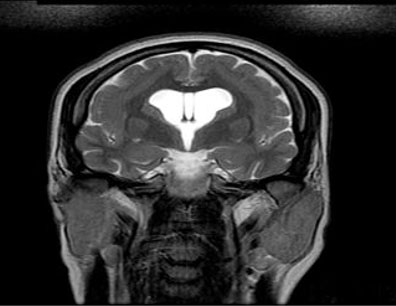 |
Case Series
Purple urine bag syndrome: An unusual presentation of urinary tract infection
1 Senior Physician Specialist, Department of Internal Medicine, Tamale Teaching Hospital, Tamale, Ghana
2 Lecturer, University for Development Studies, School of Medicine and Health Sciences, Tamale, Ghana
Address correspondence to:
Abdul-Subulr Yakubu
Department of Internal Medicine, Tamale Teaching Hospital, Tamale,
Ghana
Message to Corresponding Author
Article ID: 100115Z06AY2023
Access full text article on other devices

Access PDF of article on other devices

How to cite this article
Yakubu AS, Adam A, Ahadzi D. Purple urine bag syndrome: An unusual presentation of urinary tract infection. Case Rep Int 2023;12(1):12–17.ABSTRACT
Introduction: Purple urine bag syndrome is a rare clinical entity characterized by purple discoloration of the urinary catheter and urinary drainage bag in chronically catheterized patients. Though it can be alarming to patients and clinicians, it is considered benign but can indicate an underlying urinary tract infection.
Case Series: The first case was a 68-year-old woman with multiple comorbidities who was admitted to the orthopedic ward with a close fracture of the neck of the right femur. She was bedridden and had an indwelling urethral catheter. Her urine bag was noticed to stain purplish 22 days after bladder catheterization. Urine culture showed a heavy mixed growth. A change of urinary catheter and drainage bag led to a resolution of the condition. The second case was a 58-year-old male who was admitted on account of decompensated liver cirrhosis from chronic hepatitis C virus infection. He also had quadriparesis due to a traumatic cervical spine injury, urine retention, and constipation. On day 24 of his admission, his urine bag was stained with a purplish hue. A urine culture grew Klebsiella oxytoca. The urine bag remained clear and contained amber-colored urine after catheter changes and antibiotic treatment for cystitis.
Conclusion: Purple urine bag syndrome can be alarming to the patient and caregiver who need to be reassured of its benign nature. Urine culture would identify any associated infection. Good catheter care, control of risk factors including constipation and antibiotic treatment for symptomatic urinary tract infection leads to the resolution of the discoloration.
Keywords: Ghana, Indigo, Indirubin, Purple urine
SUPPORTING INFORMATION
Acknowledgments
We wish to thank Dr. Rashid Konney for his role in the care of the patient as well as the acquisition of data.
Author ContributionsAbdul-Subulr Yakubu - Substantial contributions to conception and design, Acquisition of data, Drafting the article, Revising it critically for important intellectual content, Final approval of the version to be published
Atiku Adam - Revising it critically for important intellectual content, Final approval of the version to be published
Dzifa Ahadzi - Acquisition of data, Revising it critically for important intellectual content, Final approval of the version to be published
Guaranter of SubmissionThe corresponding author is the guarantor of submission.
Source of SupportNone
Consent StatementWritten informed consent was obtained from the patient for publication of this article.
Data AvailabilityAll relevant data are within the paper and its Supporting Information files.
Conflict of InterestAuthors declare no conflict of interest.
Copyright© 2023 Abdul-Subulr Yakubu et al. This article is distributed under the terms of Creative Commons Attribution License which permits unrestricted use, distribution and reproduction in any medium provided the original author(s) and original publisher are properly credited. Please see the copyright policy on the journal website for more information.





